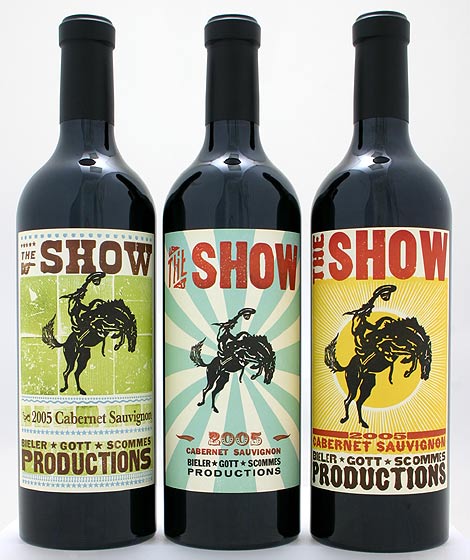Actually, not so much an experiment as a fridge cleaning.
I looked in my fridge for something to go with dinner tonight (pasta with a creamy Alfredo sauce and shrimp) and found a bottle of white Cote du Rhone. (How do you get the damn little “hat” on the “o”!) Unfortunately, it was something from the 2000 vintage!
The wine was fantastic! Assuming you like woody wines with little to no flavour, that is. I won’t name the producer since this is my fault. I bought the bottle many years past (Vancouver Playhouse International Wine Festival?) and should have drunk it ages ago.
(The oddest thing is that it was okay with the creamy pasta sauce. Boring but okay. On its own, however, the faults were too much.)
Such a shame: There’s not enough white Rhone available (in BC at least) and then I go and ruin a bottle by forgetting about it.
FYI, the wine was a blend of Viognier, Roussanne, and Marsanne. Classic stuff.
If you’re in BC and want an idea of what I should have tasted, check out the white blends from Twisted Tree (blends of Roussanne with either Viognier or Marsanne). The opposite of the way too old, orange peel aroma, caramel coloured, flavourless wine that I tried tonight.
 San Rafael, Mendoza, Argentina
San Rafael, Mendoza, Argentina



